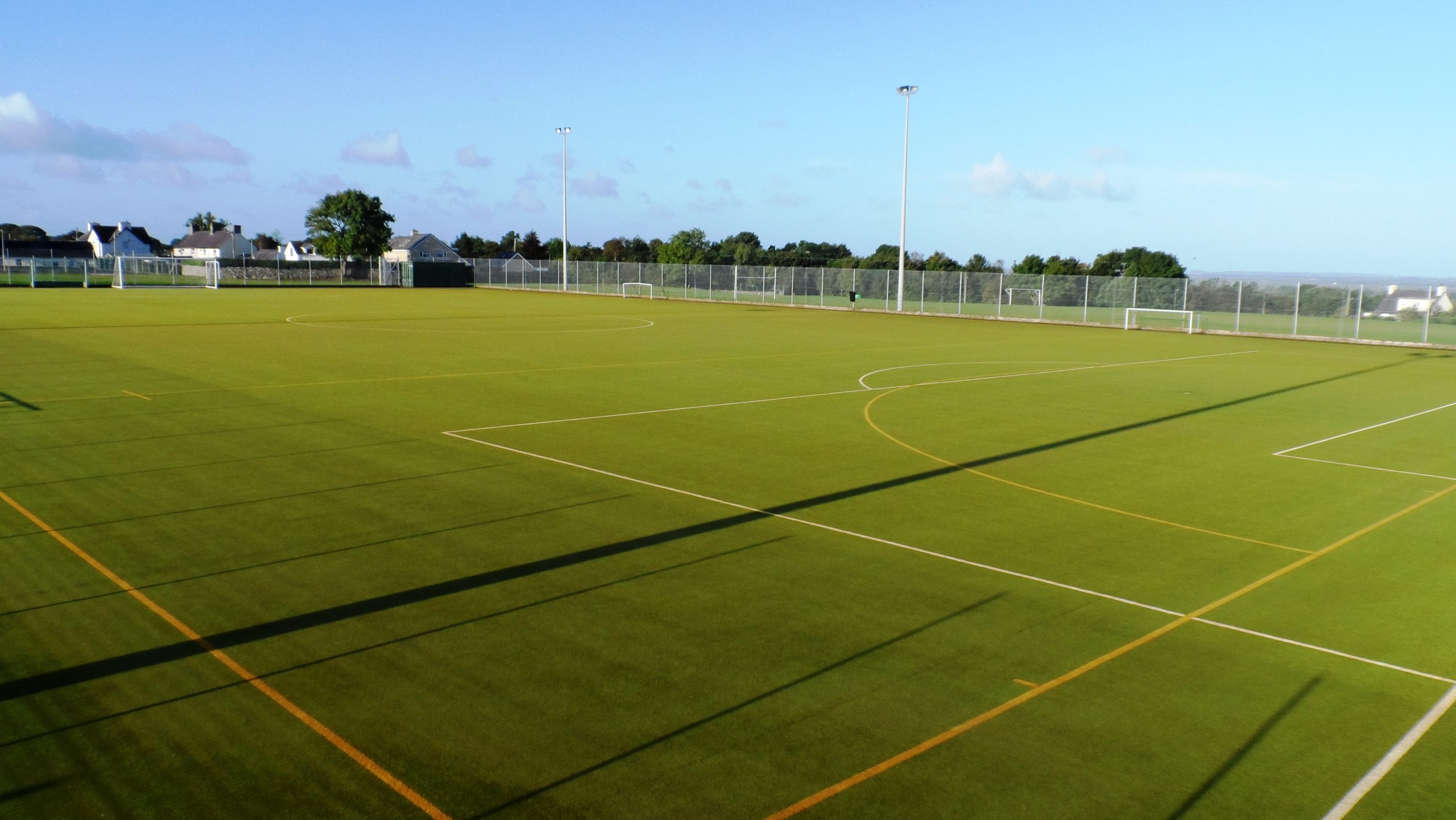Artificial Turf: An Eco Friendly Choice
Attractive grass is very high-maintenance, and demands weekly cutting, pruning, weed-elimination, and watering. Each one of these leave a negative effect on the local environment- fortunately, synthetic turf can offer an alternative. With a small amount of upkeep required, there is no longer the need for unpleasant chemical sprays and fossil-fuel-dependent lawn mowers. Artificial grass continues to look fresh for as much as 20 years and that means can sit back and relax with the knowledge that the garden which you trust young kids and/or family pets to have fun in, will remain toxin-free.
Saves Water
To be able to manage regular grass recurrent watering is essential, certainly during Summertime, and this significant water usage has unfavourable impacts on the earth. One of the benefits of artificial turf is that little or no watering is required to ensure that it stays looking good. Synthetic turf will not dry out or perish in the high temperatures like standard grass, thus with specialists like¦, you don’t have to squander important water resources on grass.
Saving resources such as water has become more essential and ought to contribute to your choice of grass. Synthetic turf is only going to need hosing down if debris or dirt has to be cleaned up and removed, and in most cases a bit of rain can do this job on your behalf!
Minimizes Carbon Foot Print
If cutting your carbon footprint is critical to you then synthetic grass would be the way to go. The low maintenance that is required will mean that minimal equipment is required- no lawnmowers, grass trimmers, or scarifiers required, which all use non-renewable fuels. Synthetic turf remains clipped and weedless from the minute it is installed, which means you don’t have to rely on any harmful lawn mowers or trimmers.
Not using all these devices will reduce your petrol and diesel usage, and therefore cut down greenhouse gas pollution.
Toxicity
Grass demands the use of fertilisers, pesticides, and other harsh chemicals to kill weeds and to keep your grass looking fresh. In addition to being made from materials such as fossil fuels (further increasing greenhouse gas emissions), you can run the risk of your grass becoming toxic. This creates a dangerous environment, especially for pets and children.
Safeguards Nearby Aquatic Life
A further negative effect of applying harsh chemical contaminants on grass lawns is unsafe toxic run-off that occurs when it rains. The rain carries the harmful chemicals that are on the your lawn across surface areas and can even end up in nearby aquatic systems, such as fish ponds and streams, in some instances wiping out the aquatic life. Extreme levels of hazardous chemical contaminants running into aquatic habitats can also lead to algal blooms, which unfortunately drastically diminishes the oxygen levels within the water. The marine life may then become ill and/or deplete, causing a population decrease, and reducing regional biodiversity. This page www.artificialgrassmaintenance.co.uk provides extensive more info on the subject of artificial grass care and maintenance.
Sometimes these agal blooms may become damaging to humans given that they generate bacteria growth and higher toxin concentrations in water. This can easily cause individuals to become ill if they encounter the dirty water, through either having the polluted drinking water or eating polluted fish.
Synthetic grass does not have any requirement for any harmful chemicals and provides an alternative to the damaging impacts of looking after regular grass.

